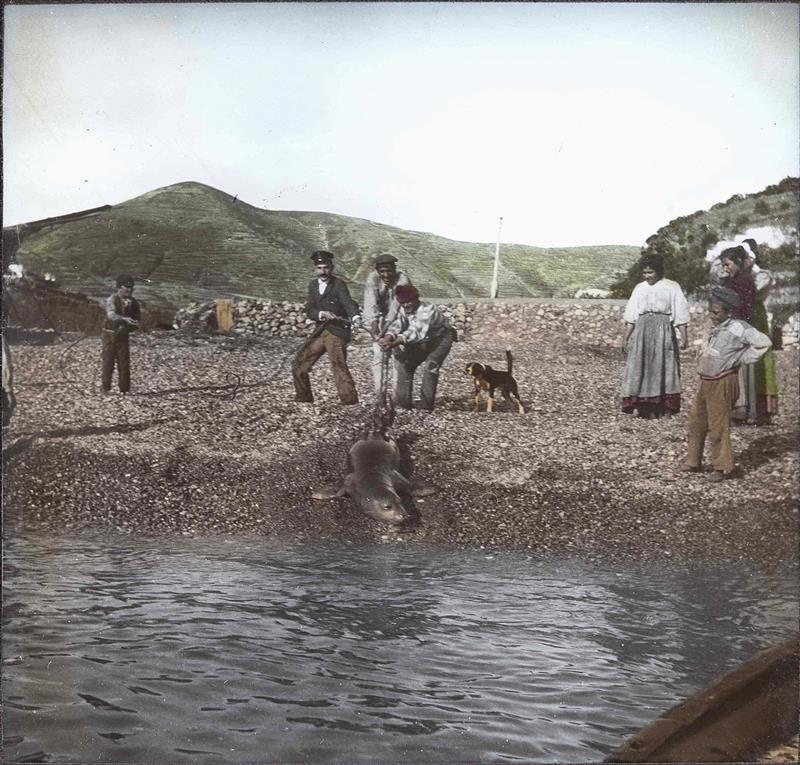Marine mammals in the Gulf of Gaeta: an updated checklist with historical data
DOI:
https://doi.org/10.6093/2724-4393/12228Keywords:
marine mammals, cetaceans, Mediterranean monk seal, gulf, checklistAbstract
This work contains historical and modern records of marine mammals observed in the Gulf of Gaeta (Italy, Central Tyrrhenian). Eleven species of cetaceans were sighted, representing about 58% of the Italian and about 46% of the Mediterranean cetofauna. Four species are regularly sighted: Balaenoptera physalus, Physeter macrocephalus, Stenella coeruleoalba, and Tursiops truncatus. Ziphius cavirostris, Orcinus orca, and Grampus griseus are rare. Two species – Eschrichtius robustus
and Megaptera novaeangliae – are occasional, while sightings of Globicephala melas and Delphinus delphis seem to have decreased dramatically based on recent surveys. The Monachus monachus presence, recorded with certainty in the past, is now to be ruled out. Recent sightings without photos that confirm the correct identification are to be considered doubtful
Downloads




